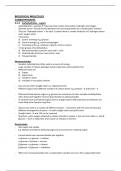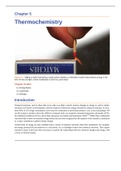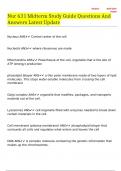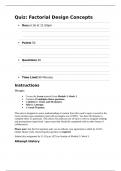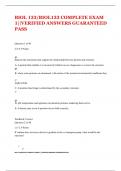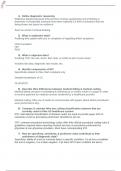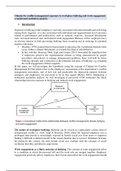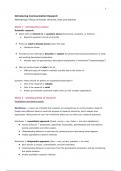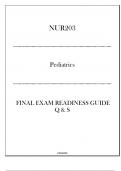Summary
Summary OCR A Level Biology A* Biological Molecules Detailed Notes
- Institution
- OCR
These A-Level Biology notes are designed for students aiming for top grades and a future in medicine. They are both aesthetic and detailed, offering comprehensive coverage of the syllabus while being visually engaging. Comprehensive Coverage: Every topic is fully covered, directly aligned with t...
[Show more]
